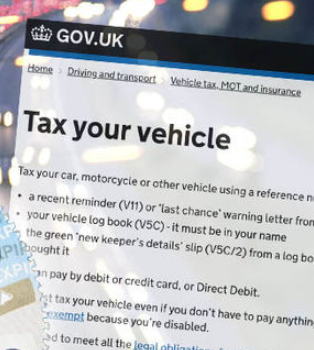The amount of tax that you will need to pay on your van depends on several different factors, including how you use your vehicle and the type of van you own. So, let’s take a closer look at the rules surrounding van tax in the UK.

What are the criteria for van classification?
In order to be classed as a van, your vehicle must not weigh more than 3,500 kg. As this GOV.UK webpage explains, a small number of vehicles are classified as car-derived vans (CDV) and must meet very specific legal criteria to be classed as such.
Your V5C registration paperwork contains all the information you need. Vehicles with an N1 or N2 European classification fall into the van category and will be taxed as such. So, before purchasing a van, be sure to check how the vehicle will be classified and how much tax you will need to pay to keep it on the road.
There are a variety of used vans for sale Tewkesbury, examples of which can be browsed on specialist van websites such as https://cotswoldvancentre.co.uk/buy/used-vans-for-sale/tewkesbury/.
What is vehicle excise duty (VED)?
VED is more commonly known as road tax and the good news is that van tax rules are incredibly simple. Currently, the same rate of tax applies to most diesel and petrol vans. VED can be paid on an annual basis, split across two payments at six-month intervals, or divided into 12 monthly Direct Debit payments.
In the 2024/25 tax year, van owners paying annually will pay a £335 VED charge. This is the cheapest way to ensure that your van is properly taxed. Drivers opting to split their payments into two 6-monthly payments will pay a total of £350, whereas drivers spreading the cost over 12 months will pay a total of £351.75.

What is Benefit-in-kind (BIK) tax?
If you are self-employed or you only use your van for work, BIK tax will not apply. However, if you use your van for both private and work-related journeys, you will be liable for BIK tax.
